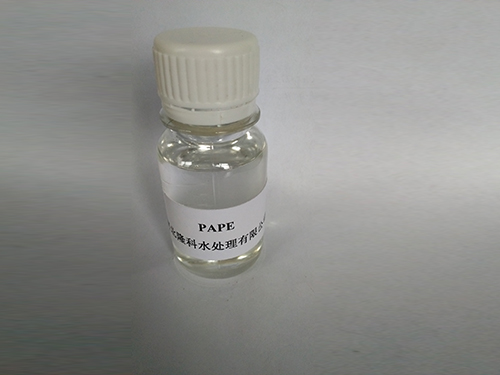Exploring the Applications and Properties of Polyacrylamide as a Versatile Polymer Material
Polyacrylamide The Versatile Polymer with Multifaceted Applications
Polyacrylamide (PAM) is a synthetic polymer that has gained significant attention in various fields due to its unique properties and functionality. Composed of acrylamide monomers, polyacrylamide appears as a white, odorless powder and is soluble in water, forming a thick gel or viscous solution when dissolved. Its versatility stems from its ability to be tailored into various forms, including gels, fibers, and films, which makes it suitable for a wide range of applications.
Polyacrylamide The Versatile Polymer with Multifaceted Applications
In agriculture, polyacrylamide plays a crucial role in soil management and erosion control. As a soil conditioner, PAM enhances soil structure, increases water retention capacity, and reduces nutrient leaching. The polymer's ability to form stable aggregates allows for improved aeration and root penetration, fostering better crop growth. Additionally, PAM is employed in anti-erosion applications, where it stabilizes soil to prevent displacement caused by wind or water runoff. This dual functionality makes polyacrylamide a valuable tool in sustainable agricultural practices, particularly in arid and semi-arid regions.
polyacrylamide is a

Polyacrylamide is also significant in the biomedical field. In molecular biology and biochemistry, it is used to create polyacrylamide gels for gel electrophoresis, a technique that separates proteins and nucleic acids based on their size and charge. The precise control over the pore size of polyacrylamide gels allows researchers to optimize the resolution of biomolecules, making PAM an indispensable material in laboratories worldwide. Furthermore, the biocompatibility of polyacrylamide has paved the way for its use in drug delivery systems and tissue engineering, offering promising prospects for medical applications.
Another remarkable application of polyacrylamide is in the oil and gas industry. PAM is utilized in enhanced oil recovery (EOR) processes, where it helps to improve the viscosity of water injected into oil reservoirs, allowing for better displacement and extraction of crude oil. By reducing water permeability in formations during injection, polyacrylamide not only maximizes oil recovery but also minimizes environmental impact, making it a valuable agent in energy production.
Despite its many advantages, the use of polyacrylamide must be approached cautiously, especially concerning the potential toxicity of its monomer, acrylamide. When handling PAM products and in applications where they may come into contact with humans or wildlife, it is essential to follow safety regulations and guidelines to mitigate risks.
In conclusion, polyacrylamide stands out as a highly versatile polymer with a plethora of applications across diverse fields such as water treatment, agriculture, biomedical research, and the oil industry. Its unique properties enable it to function effectively in various roles, making it an essential material in modern technology and environmental management. As research continues to expand the understanding of polyacrylamide's capabilities, its applications are likely to grow, further cementing its status as a crucial player in advancing science and industry.
-
Scale and Corrosion Inhibitors: Key to Industrial Water TreatmentNewsMay.22,2025
-
Organic Phosphate: Structure, Properties, and ApplicationsNewsMay.22,2025
-
Isothiazolinones: a versatile and versatile biocide with a wide range of applicationsNewsMay.22,2025
-
Industrial Flocculant: The Key to Optimizing Industrial ProcessesNewsMay.22,2025
-
Hydrolyzed Polymaleic Anhydride: Structure, Properties, and ApplicationsNewsMay.22,2025
-
Application of Flocculant in Water TreatmentNewsMay.22,2025





